The NVIDIA GeForce GTX 980 Ti Review
by Ryan Smith on May 31, 2015 6:00 PM ESTNVIDIA's Computex Announcements & The Test
Alongside the launch of the GTX 980 Ti, NVIDIA is also taking advantage of Computex to make a couple of other major technology announcements. Given the scope of these announcements we’re covering these in separate articles, but we’ll quickly go over the high points here as they pertain to the GTX 980 Ti.
G-Sync Variable Overdrive & Windowed Mode G-Sync
NVIDIA is announcing a slew of G-Sync products/technologies today, the most important of which is Mobile G-Sync for laptops. However as part of that launch, NVIDIA is also finally confirming that all G-Sync products, including existing desktop G-Sync products, feature support for G-Sync variable overdrive. As the name implies, this is the ability to vary the amount of overdrive applied to a pixel based on a best-effort guess of when the next frame will arrive. This allows NVIDIA to continue to use pixel overdrive on G-Sync monitors to improve pixel response times and reduce ghosting, at a slight cost to color accuracy while in motion from errors in the frame time predictions.
Variable overdrive has been in G-Sync since the start, however until now NVIDIA has never confirmed its existence, with NVIDIA presumably keeping quiet about it for trade secret purposes. However now that displays supporting AMD’s Freesync implementation of DisplayPort Adaptive-Sync are out, NVIDIA is further clarifying how G-Sync works.
Meanwhile being freshly rolled out in NVIDIA’s latest drivers is support for Windowed Mode G-Sync. Before now, running a game in Windowed mode could cause stutters and tearing because once you are in Windowed mode, the image being output is composited by the Desktop Window Manager (DWM) in Windows. Even though a game might be outputting 200 frames per second, DWM will only refresh the image with its own timings. The off-screen buffer for applications can be updated many times before DWM updates the actual image on the display.
NVIDIA will now change this using their display driver, and when Windowed G-Sync is enabled, whichever window is the current active window will be the one that determines the refresh rate. That means if you have a game open, G-Sync can be leveraged to reduce screen tearing and stuttering, but if you then click on your email application, the refresh rate will switch back to whatever rate that application is using. Since this is not always going to be a perfect solution - without a fixed refresh rate, it's impossible to make every application perfectly line up with every other application - Windowed G-Sync can be enabled or disabled on a per-application basis, or just globally turned on or off.
GameWorks VR & Multi-Res Shading
Also being announced at Computex is a combination of new functionality and an overall rebranding for NVIDIA’s suite of VR technologies. First introduced alongside the GeForce GTX 980 in September as VR Direct, NVIDIA will be bringing their VR technologies in under the GameWorks umbrella of developer tools. The collection of technologies will now be called GameWorks VR, adding to the already significant collection of GameWorks tools and libraries.
On the feature front, the newly minted GameWorks VR will be getting a new feature dubbed Multi-Resolution Shading, or Multi-Res Shading for short. With multi-res shading, NVIDIA is looking to leverage the Maxwell 2 architecture’s Multi-Projection Acceleration in order to increase rendering efficiency and ultimately the overall performance of their GPUs in VR situations.
By reducing the resolution of video frames at the edges where there is already the most optical distortion/compression and the human eye is less sensitive, NVIDIA says that using multi-res shading can result in a 1.3x to 2x increase in pixel shader performance without noticeably compromising the image quality. Like many of the other technologies in the GameWorks VR toolkit this is an implementation of a suggested VR practice, however in NVIDIA’s case the company believes they have a significant technological advantage in implementing it thanks to multi-projection acceleration. With MPA to bring down the rendering cost of this feature, NVIDIA’s hardware can better take advantage of the performance advantages of this rendering approach, essentially making it an even more efficient method of VR rendering.
Getting Behind DirectX Feature Level 12_1
Finally, though not an outright announcement per-se, from a marketing perspective we should expect to see NVIDIA further promote their current technological lead in rendering features. The Maxwell 2 architecture is currently the only architecture to support DirectX feature level 12_1, and with DirectX 12 games due a bit later this year, NVIDIA sees that as an advantage to press.
For promotional purposes NVIDIA has put together a chart listing the different tiers of feature levels for DirectX 12, and to their credit this is a simple but elegant layout of the current feature level situation. The bulk of the advanced DirectX 12 features we saw Microsoft present at the GTX 980 launch are part of feature level 12_1, while the rest, and other functionality not fully exploited under DirectX 11 are part of the 12_0 feature level. The one exception to this is volume tiled resources, which is not part of either feature level and instead is part of a separate feature list for tiled resources that can be implemented at either feature level.
The Test
The press drivers for the launch of the GTX 980 Ti are release 352.90, which other than formally adding support for the new card is otherwise identical to the standing 352.86 drivers.
| CPU: | Intel Core i7-4960X @ 4.2GHz |
| Motherboard: | ASRock Fatal1ty X79 Professional |
| Power Supply: | Corsair AX1200i |
| Hard Disk: | Samsung SSD 840 EVO (750GB) |
| Memory: | G.Skill RipjawZ DDR3-1866 4 x 8GB (9-10-9-26) |
| Case: | NZXT Phantom 630 Windowed Edition |
| Monitor: | Asus PQ321 |
| Video Cards: | AMD Radeon R9 295X2 AMD Radeon R9 290X AMD Radeon HD 7970 NVIDIA GeForce GTX Titan X NVIDIA GeForce GTX 980 Ti NVIDIA GeForce GTX 980 NVIDIA GeForce GTX 780 Ti NVIDIA GeForce GTX 780 NVIDIA GeForce GTX 680 NVIDIA GeForce GTX 580 |
| Video Drivers: | NVIDIA Release 352.90 Beta AMD Catalyst Cat 15.5 Beta |
| OS: | Windows 8.1 Pro |


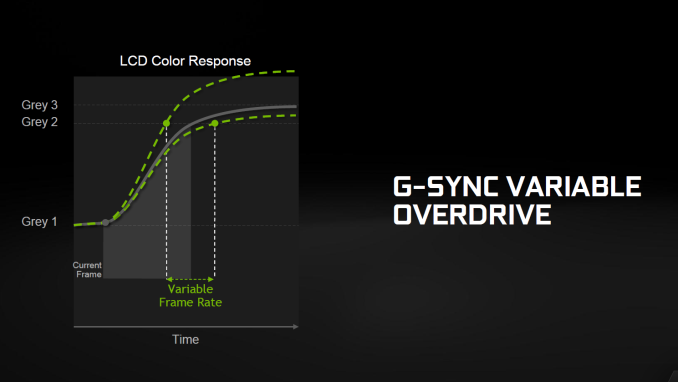
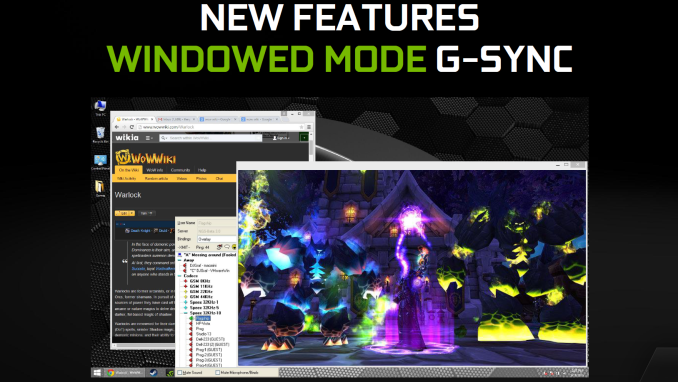
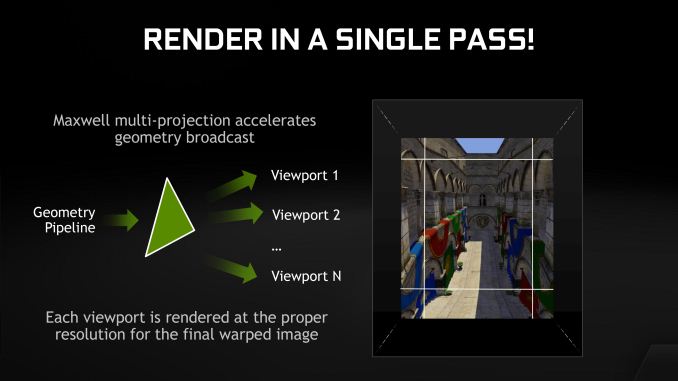
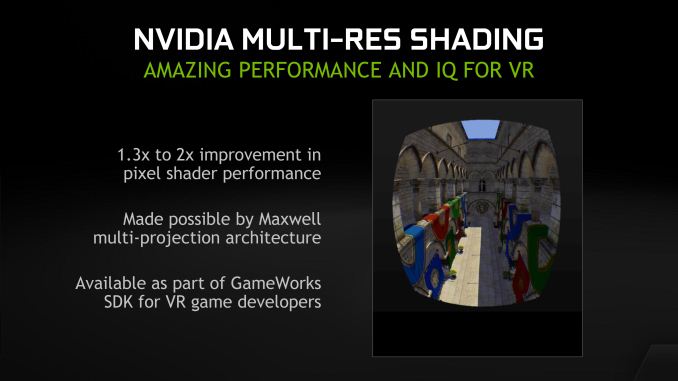
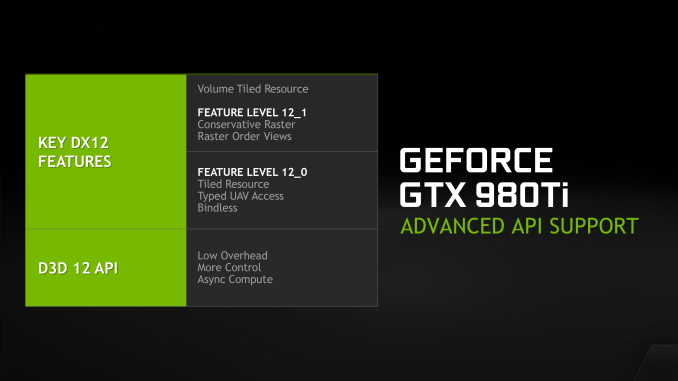








290 Comments
View All Comments
jjj - Sunday, May 31, 2015 - link
lol they got way high margins on the big cards ,they could sell this easily at 500$ (where perf per price would be close to the 970) and have good margins, if AMD has the big enough card, all they need is to want to be price competitive.These are not products for people that look for reasonable value, nobody that looks for that would ever pay 500$ for a GPU to begin with so both AMD and Nvidia are just keeping the high margins since volumes can't really go up.
Yojimbo - Sunday, May 31, 2015 - link
I don't know how you can say the value is unreasonable when there is no other way to achieve what these cards achieve. The high end of the graphics market is less sensitive to price than more mainstream segments. Both AMD and NVIDIA are trying to maximize their profits over the entire market range.jjj - Sunday, May 31, 2015 - link
You seem to not understand the term value and then you explain why the high end cards are poor value.Value and competitiveness are 2 different things. One is perf per price and the other is how the product relates to it's competitors. Yes the high end is less price sensitive (something my first comment agreed with) and the cards are poor value that's why i found it amusing that someone thinks the perf per price is great, when it never is in the category.
Daroller - Monday, June 1, 2015 - link
"You do not seem to don't understand the term value, and then you explain why the high end cards are poor value."Oh, that's rich.
Value in this case is a subjective term. Each consumer defines the value of a product to them. It isn't something you can put on a chart, or quantify, unless that's how they choose to define it for themselves.
I own two TITAN X in SLI to drive a 1440p display. You'd probably call that "poor value". You'd be correct... for yourself. You'd be woefully incorrect if we're discussing what I consider "value", because I considered the price/performance ratio to be perfectly acceptable, and moreover, a "good deal" to eliminate all possibility of VRAM related stuttering. All this while giving me the same number of shader cores as a tri-SLI 980 setup with better scaling because it's only two cards. A resounding value in my books.
Refuge - Monday, June 1, 2015 - link
lol, you lost all credibility with anyone here after you said you were using Titan X's in SLI because you are worried about running out of VRAM and stuttering...I wouldn't call that poor value, I would just call that retarded.
Yojimbo - Monday, June 1, 2015 - link
And yet despite his lack of "credibility" everything he said was completely correct. What does that say about your ability to judge?Kutark - Monday, June 1, 2015 - link
This whole thread could have been fixed if the guy said "objectively" instead of just "value".Yes, what constitutes a good value varies from person to person. Anyone with a brain can infer what he was trying to say in his argument, which is absolutely correct, is that at this price bracket, people aren't buying cards based on price/perf. So, whether or not the price/perf is comparable to lower cards is irrelevant. They price according to what the market will be bear. If they're selling them as fast as they can make them, then they're selling them at the right price.
Yojimbo - Tuesday, June 2, 2015 - link
No. Especially since he replied back to me and ridiculed me for not knowing what "value" is. That by itself is enough of a refutation of your "just try to guess what he meant" argument. But if he really did mean what you think he did, his post is irrelevant, because value is the proper metric, and it is not "objective". That really is the entire point, and why something needed to be said.Yojimbo - Tuesday, June 2, 2015 - link
And one more thing. The fact that they aren't buying the cards to maximize "price/perf" is blatantly obvious, and just as blatantly irrelevant. The problem I'm having is, and I could be wrong here, that you and he both seem to be convinced they SHOULD be buying the cards on "price/perf."mapesdhs - Wednesday, June 3, 2015 - link
I'd buy you a beer for posting that if I could. 8) It's the perfect summation of what I've said so often, namely an item is only ever worth what someone is willing to pay. It's funny how people can get so offended that someone else can afford and is happy to buy a far better config than they do; really it's just hidden jealousy IMO. Either way, kudos for that rig, and please post some 3DMark bench links! 8) Actually, you should buy the beer, you can afford it, hehe...I wonder if you have a similar MO to me, I like to max out visual settings for the games I play, modding if need be to improve visuals. I hate scenery popping, etc.